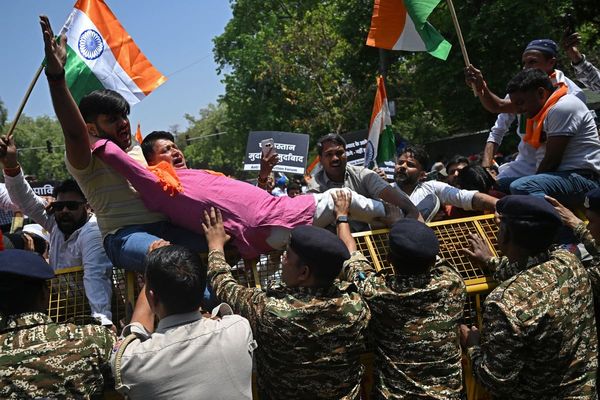
Space is scarce in Natasha’s* family home in Gippsland in regional Victoria, where up to five children and two adults share the three-bedroom home, along with their cat and two pet ducks. The cramped quarters can lead to household tension. “It doesn’t fit all of us,” she says.
A portable two-bedroom apartment, planted in their back yard, has eased those concerns. The Indigenous mother and stepmother of five says she noticed a profound change in her 18-year-old son, Dylan*, when he started living in the studio.
“We’ve been blessed with the two-bedroom [portable] to enable that extra room that sits in the back yard,” Natasha says. “It’s a safe roof over the kid’s head while we try to work towards a future in a place more suitable for us all.”
Dylan lives with an intellectual disability and was recently reunited with his mother along with his younger brother, Isaiah*, after both boys spent years in the out-of-home care system.
The family, with support from the Victorian Aboriginal Child and Community Agency, reached out to Kids Under Cover, a long-running charity that supports young people facing housing insecurity or homelessness by providing studios which can be installed into any back yard, private rental or social housing property.
“He was very vulnerable already … we struggled with a lot of challenges, but he’s become really independent and has made more friends,” Natasha says.
Despite some challenges, since coming home both boys have thrived. Isaiah, a year 9 student, now loves playing football and going to school and volunteering at a local train museum. He has even won a scholarship to assist with school supplies.
“He’s really happy, he’s in his own element,” Natasha says. “He’s always loved trains, but never been able to go on them or do anything like that so we’ve been able to engage him in some volunteer work with a local tourist railway to gain experience.”
The chief executive of Kids Under Cover, Stephen Nash, says early intervention was the key to keeping at-risk children like Dylan and Isiah at home.
“If people fall into homelessness, it is really dangerous and damaging and can lead to the onset of mental health problems, drug and alcohol problems to survive the stress of homelessness,” Nash says.
The studios give young people a private space to sleep, study, and find some calm, reducing overcrowding and resulting tensions, while ensuring families can stay together, Nash says.
“For a lot of these families there’s no lounge room, because people are sleeping in the lounge rooms. People are tripping over each other,” he says.
An estimated 7,500 Victorian children and teenagers under 18 are without a place to sleep on any given night. Aboriginal and Torres Strait Islander young people are over-represented and make up more than a third of young people experiencing homelessness.
About 1,000 young people sleep in roughly 680 studios provided by Kids Under Cover in Victoria, with independent research commissioned by the charity suggesting overall homelessness in the state has been reduced by 12%. Nash has urged the Victorian government, which committed $6.5m in 2021, to expand its support for the program.
“Keep them connected to family, get them through school, and get them on to a much better path in life than to simply fall into the out of home care system or youth justice, and suffer the damage of homelessness along the way,” Nash says.
Aristea* credits the charity for allowing her the space and the clarity to study and finish high school and eventually study law at university.
The now 27-year-old was sharing a room with her mum at 13 years old and says finding the space to study was next to impossible, affecting both her studies and her family. “It’s hard when you’re living in an overcrowded home, it can be a very stressful environment to live in, having to manage everyone’s emotions and conflicts,” she says.
Aristea’s family were given a two-bedroom studio shortly after she entered high school with the teenager sharing the flat with her sister. “It was great. I had that independence that you really crave in those teenage years, just that little bit of distance,” she says.
*Names changed for privacy







